
Tracing the Galactic Memory: How Flow Matching Unlocks the Story of the GD-1 Stellar Stream
Viterbo and Buck use advanced simulations and a machine-learning method called Flow Matching to decode the GD-1 stellar stream’s “dynamical memory.” By modeling both the Milky Way’s gravitational potential and GD-1’s original star cluster, they show that stellar streams can strongly constrain galactic structure. Their approach accurately recovers key parameters and demonstrates a scalable path toward simulation-driven galactic archaeology.

JEWELS: Reading the Chemical Fingerprints of Planet-Hosting Stars
The JEWELS survey presents precise chemical abundances for 20 FGK stars observed in JWST Cycle 2, enabling consistent comparisons between stellar compositions and exoplanet atmospheres. Sun and collaborators identify wide chemical diversity, including carbon-enhanced and α-rich stars, which may shape planet interiors and atmospheric chemistry. This uniform stellar dataset forms a foundation for linking JWST atmospheric measurements to planetary formation pathways.

Tracing the Origins of a Cosmic Pair: Unveiling the History of the Ultra-Compact Binary ZTF J2252−05
W. Yu et al. used Hubble’s ultraviolet observations to study the AM CVn system ZTF J2252−05, revealing a hot, helium-rich white dwarf with an extreme nitrogen-to-carbon ratio. This chemistry rules out the helium-star formation path, favoring either the white-dwarf or cataclysmic-variable origin. Their results show how UV spectroscopy can precisely trace the evolution of ultra-compact binary stars.
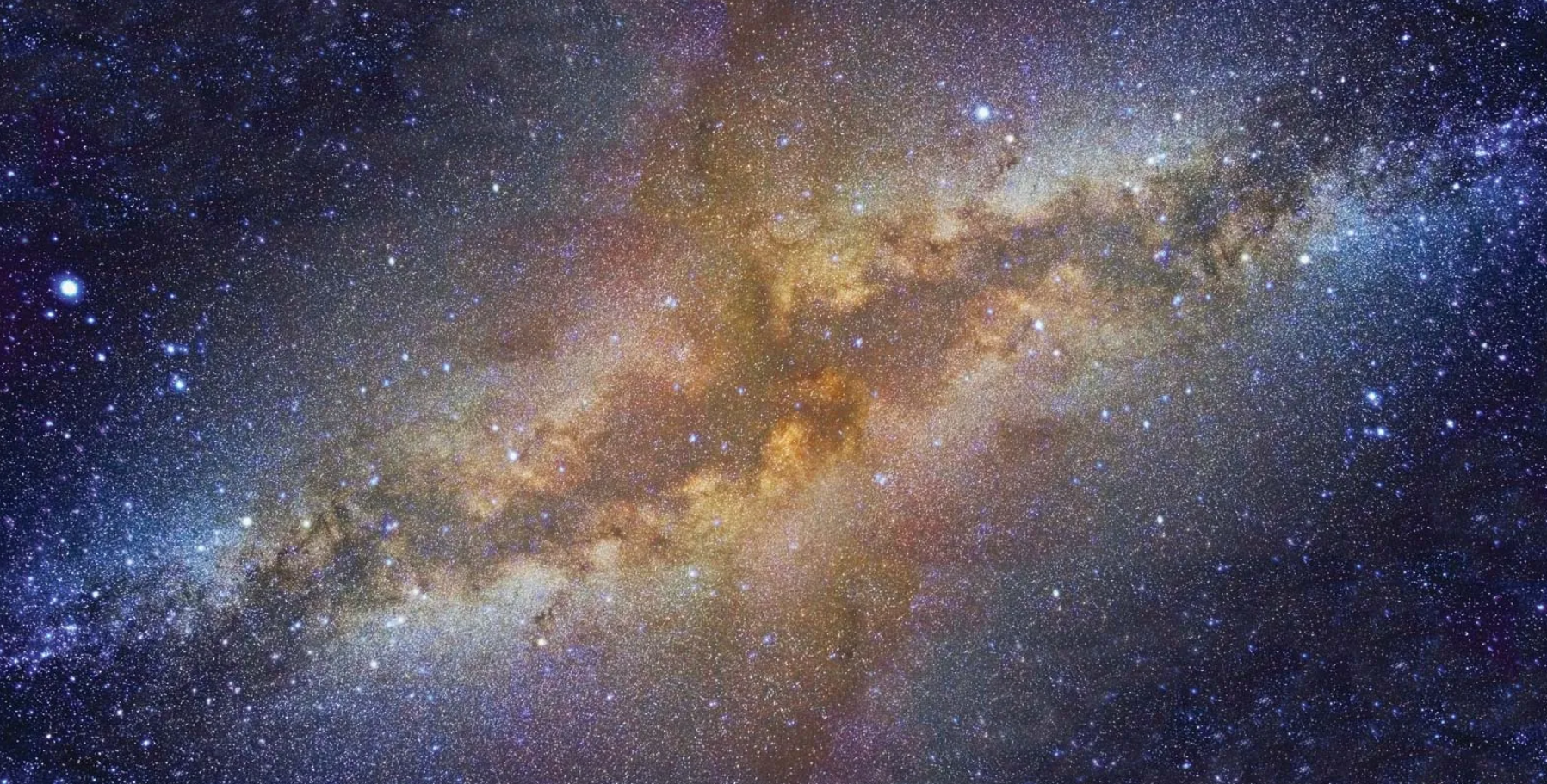
A Twisted, Two-Break Milky Way Halo: What DESI Reveals
DESI observations of distant K giant stars reveal that the Milky Way’s stellar halo is triaxial, tilted, and twists with distance, switching from oblate and disk aligned inside 30 kpc to prolate and nearly perpendicular outside. The halo’s density shows two major breaks linked to past mergers, including Gaia Sausage Enceladus and the Large Magellanic Cloud. Several overdensities and metal poor stars further trace the Galaxy’s complex assembly history.

When Growing Giants Push Back, How Gas Accretion Drives Planets Outward
Ida and collaborators show that gas-accreting giant planets can migrate outward rather than inward, thanks to an asymmetry in gas flow around the planet created during accretion. This effect occurs only when the planet opens a moderate-depth gap in the disk, captured by the range (0.03 <= K' <= 50). The authors develop a semi-analytical formula describing this behavior and demonstrate that such outward migration helps explain why many gas giants are found beyond 1 au.

Unearthing Ancient Stars: The Hidden History of the Boötes I Dwarf Galaxy
Muratore et al. (2025) used Hubble and JWST data to study the ultra-faint dwarf galaxy Boötes I, revealing that about 85% of its stars have very low metallicities ([Fe/H] < −2). They found a total binary fraction of ~30%, similar to that in star clusters of comparable mass. These results show Boötes I is an ancient “fossil” galaxy, preserving stars from the Universe’s earliest generations.

The Star That Reveals a Hidden Cosmic Process: SMSS J0224−5737 and the Weak r-Process
SMSS J0224−5737 is an extremely metal-poor star showing the strongest known weak r-process signature, with very high Sr, Y, and Zr but extremely low Ba and Eu. Its chemical pattern, including an unusually high zinc abundance, points to enrichment by a magneto-rotational supernova rather than a neutron star merger or electron-capture supernova. This makes the star a key probe of how the earliest heavy elements formed in the universe.
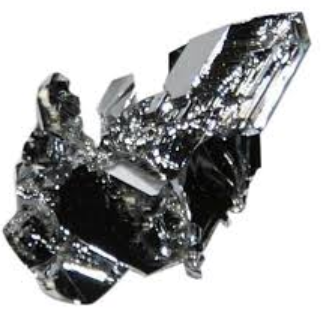
Unraveling the Origins of Molybdenum and Ruthenium in the Milky Way Disk
This study measures molybdenum and ruthenium in 154 giant stars in the Milky Way disk to better understand how these elements were produced. The authors find that both elements decrease in abundance relative to iron as stars become more metal-rich, matching trends seen in zirconium but not strontium. Their abundance ratios suggest that the s-process and r-process explain most observations, though additional contributions, such as the i-process or neutrino-driven winds, may still be needed to account for the remaining scatter.

Mapping the Metallic Hearts and Ancient Halos of Dwarf Galaxies
Tau et al. study 17 simulated dwarf galaxies to track how their stars’ ages and metallicities change from the center to the stellar halo. They find universal negative metallicity gradients, frequent U-shaped age profiles driven by in-situ stars, and strong links between halo properties and the timing of satellite accretion. Overall, dwarf stellar halos preserve clear signatures of each galaxy’s unique merger and star-formation history.

Tracking Carbon Through the Milky Way: What the Stars Tell Us About How Carbon Forms
The paper investigates how carbon is produced in the Milky Way by comparing chemical evolution models with APOGEE observations of subgiant stars. The authors find that massive stars must produce more carbon at higher metallicity, while AGB stars contribute a delayed but significant fraction, about 10–40% of the Sun’s carbon. Their results suggest that current AGB models may underestimate carbon production from lower-mass, longer-lived stars.
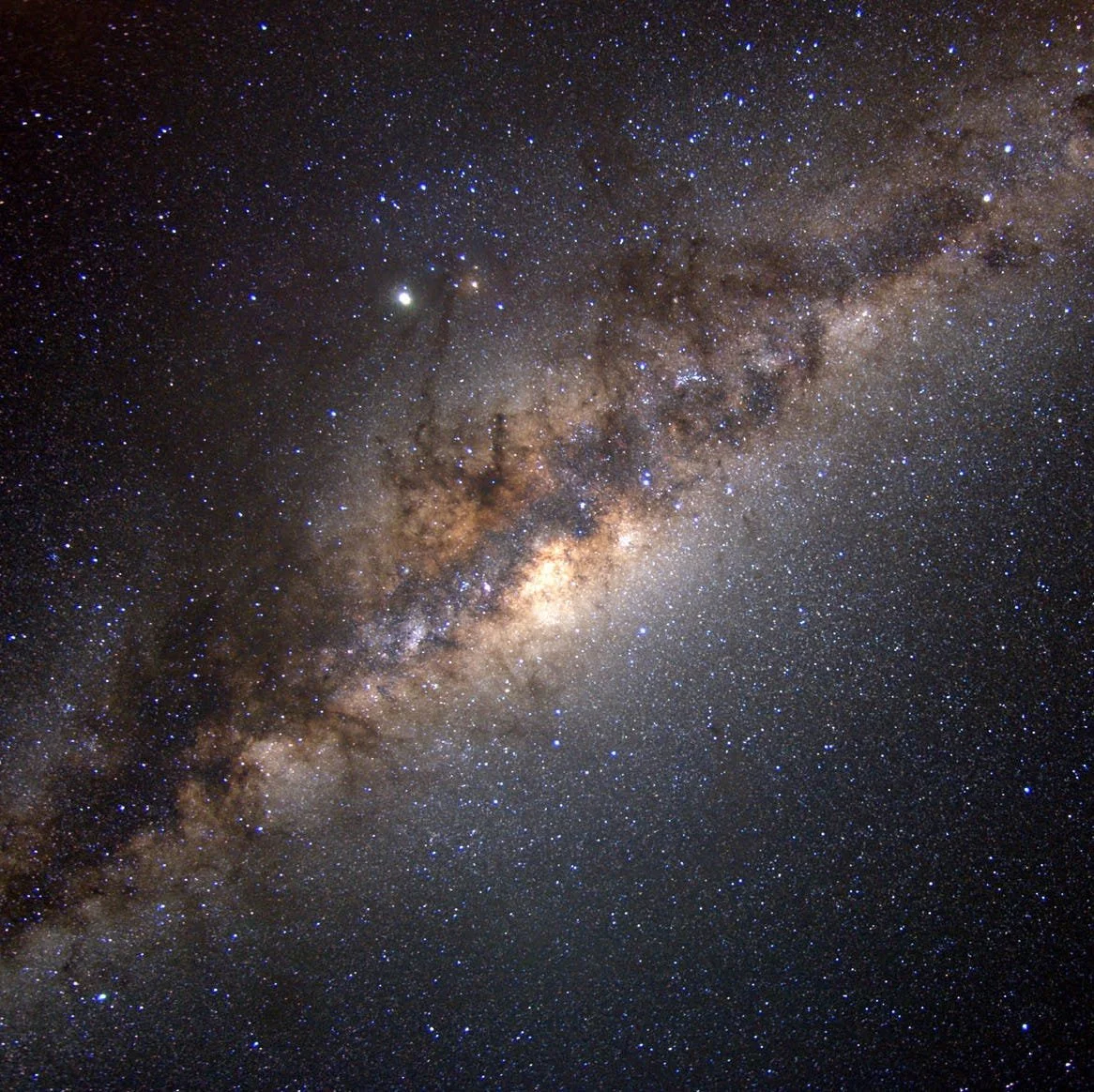
The Milky Way’s Peculiar Primordial Halo: A Shallow Core with a Steep Decline
Li et al. (2025) use Gaia data and a numerical “reverse–compression” method to infer the Milky Way’s primordial dark matter halo. They find an unusual structure: a shallow inner core and a steep outer decline, unlike halos predicted by standard cold dark matter models. Neither baryonic feedback nor alternative dark matter models fully explains this combination, suggesting gaps in current theories of dark matter or galaxy formation.

Extending the Magellanic Stream: A Hidden Ionized Trail Across the Galactic Plane
Bo-Eun Choi and collaborators discovered a highly ionized northern extension of the Magellanic Stream using Hubble’s ultraviolet observations. The new region, traced mainly by C IV absorption, extends about 60° beyond the known Stream and shows similar velocity and ionization patterns. Modeling suggests collisional ionization at around 10⁵ K, adding up to 60% more ionized mass and offering new clues to the Magellanic Clouds’ recent orbital history.
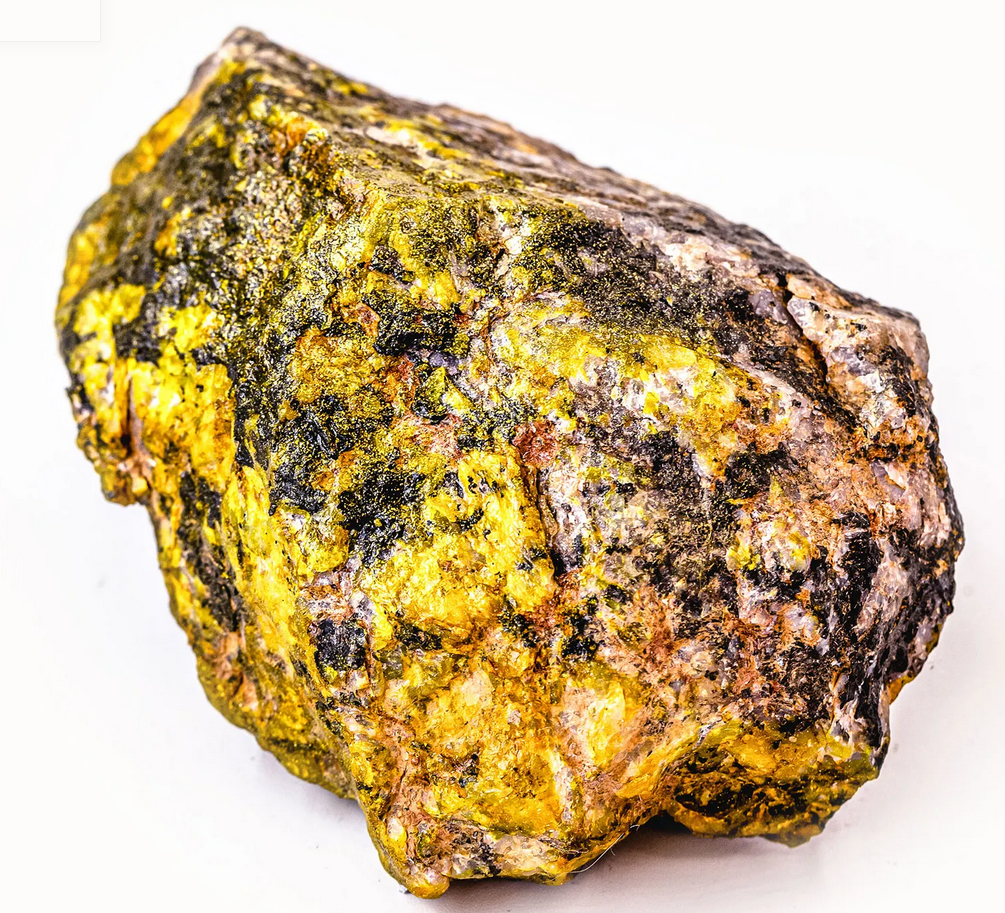
Heavy Elements in a Swirling Storm: How Neutron Stars Inside Common Envelopes Forge the Universe’s Rarest Atoms
Anninos et al. model how a neutron star inside a common envelope can forge heavy elements as infalling gas heats, cools, and cycles through turbulent convection. Their simulations show that both r-process and rare p-nuclei can form, even in slightly proton-rich conditions, because high entropy and rapid expansion prevent neutrons from being fully locked into alpha particles. Some material escapes the star’s gravity, suggesting CE systems may contribute to the Universe’s heaviest elements.
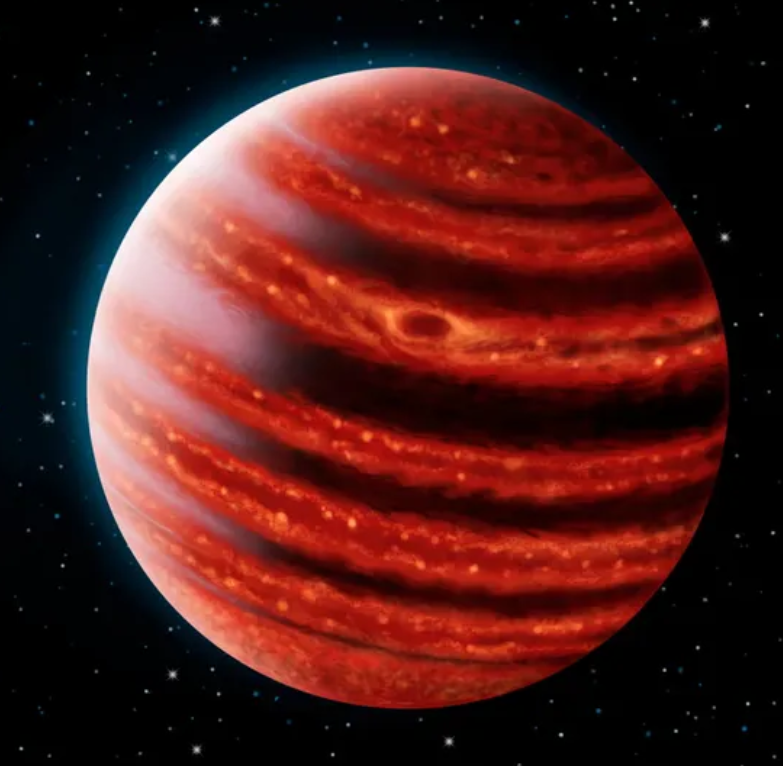
Born to Be Habitable: How the First Moments of Planet Formation Shape Worlds Like Ours
The paper argues that a planet’s ability to host life is shaped very early, during its formation in the protoplanetary disk. Farcy and collaborators highlight how bulk composition, volatile elements, core structure, and internal heat all arise from these initial conditions and later control atmospheres, magnetic fields, and surface environments. They conclude that comparative planetology, studying planets alongside their host stars, is essential for understanding how habitable worlds emerge.

A Fossil Star Without Planets? A High-Precision Look at BD+44°493
BD+44°493 is an ancient, extremely metal-poor star whose chemistry preserves the imprint of a single early-Universe supernova. Using new high-precision NEID spectra, the authors refined its elemental abundances, age, and Galactic orbit, confirming it as a second-generation star about 12–13 billion years old. Ultra-precise radial velocities show no evidence of planets and rule out companions more massive than ~2 Jupiter masses on short orbits.

How Binary Star Systems May Launch Rogue Jupiters
Aleksandra Ćalović and collaborators show that Jupiter-like free-floating planets may be ejected from young binary systems formed by disc fragmentation. Their 3D simulations reveal that as a secondary star grows, its gravitational interactions with nearby planets often fling them into interstellar space. These ejections are most common in massive binaries and could explain the abundance of rogue Jupiters observed in young star clusters.

Trading Oxygen for Iron: Rethinking How the Universe Built Its Stars
The paper argues that oxygen and iron trace galaxy evolution very differently because they form on different timescales. Using a new [O/Fe]–sSFR relation, the authors show that most stars formed with non-solar O/Fe, especially in the early universe. Their iron-based cosmic star formation history aligns with RR Lyrae, globular cluster, and GRB-host data, highlighting that models assuming solar abundance patterns often misrepresent real cosmic conditions.

Tracing the Chemistry of Massive Stars Before They Shine: A Tour Through High-Mass Star-Forming Regions
High-mass stars form in dense, distant, and fast-evolving environments that produce distinct chemical signatures. The chemistry progresses from simple, highly deuterated molecules in cold starless cores to rich complex organic molecules in warmer protostellar objects, then becomes dominated by ultraviolet-driven processes in H II regions. Upcoming ALMA and JWST observations are expected to clarify this chemical evolution and its implications for star and planet formation.
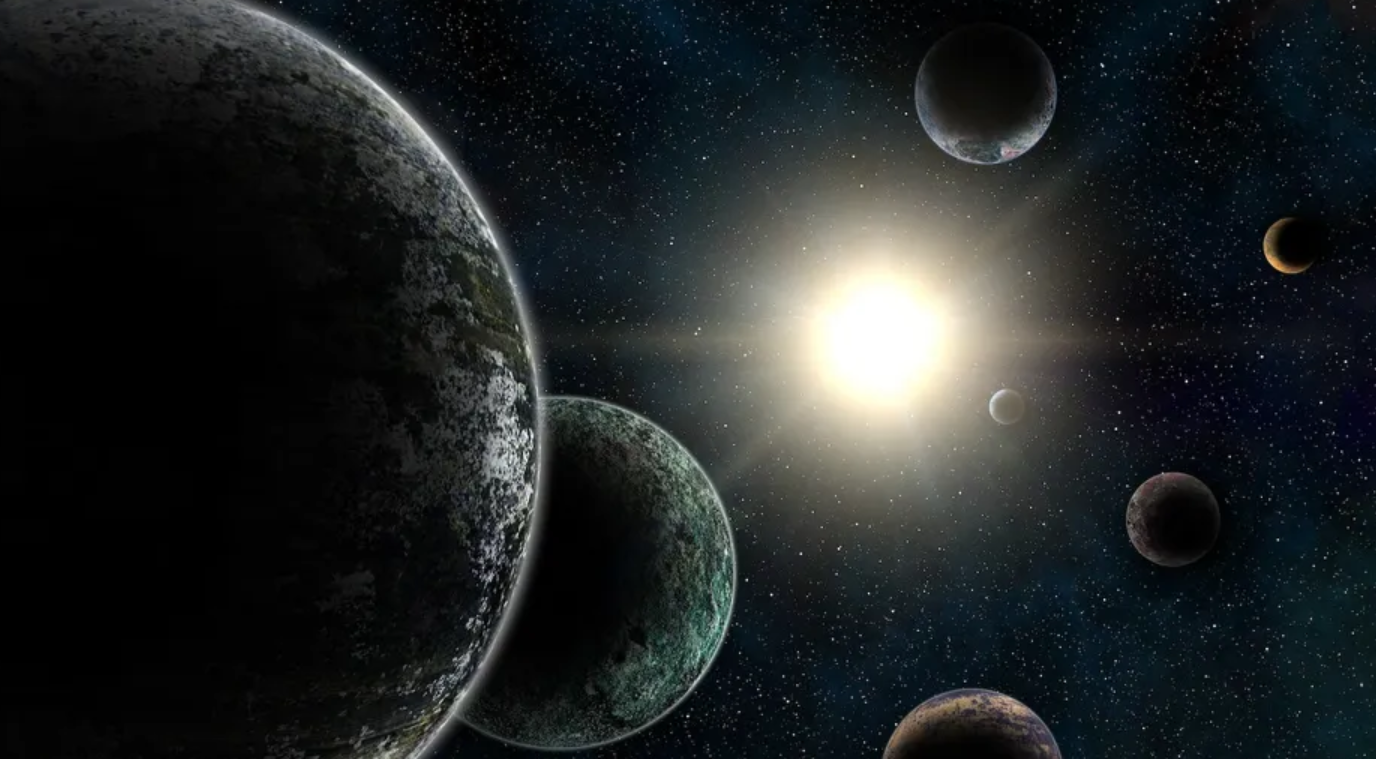
Milky Way Worlds: A High-Resolution Look at Our Galaxy’s Exoplanets
The paper combines detailed Milky Way simulations with planet-formation models to predict exoplanet populations across the Galaxy. In the simulated solar neighbourhood, most planets are Earth-like or super-Earth/Neptunes, with about a quarter in the habitable zone. A forward model of the Kepler field reproduces many observed trends but overpredicts planets around hotter stars. Across different Galactic regions and simulated galaxies, planet-type proportions remain broadly consistent.

Where Planets Become Brown Dwarfs: Tracing a Hidden Boundary in the Metal Content of Stars
Giacalone et al. analyze companions between 1–50 au and find that host-star metallicities split into two groups at a transition mass of about 27 MJup. Lower-mass companions orbit metal-rich stars, consistent with bottom-up planet formation, while higher-mass companions orbit stars with near-solar metallicity, indicating star-like formation. Orbital eccentricities also differ, supporting two distinct formation pathways.
